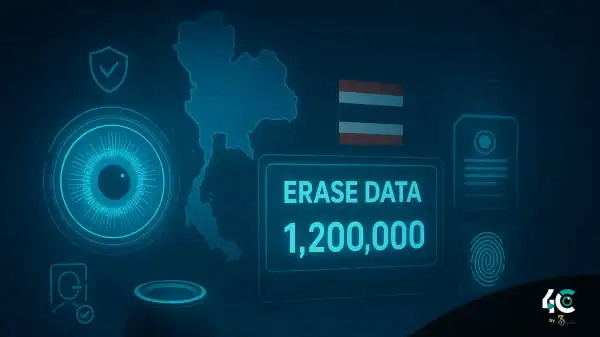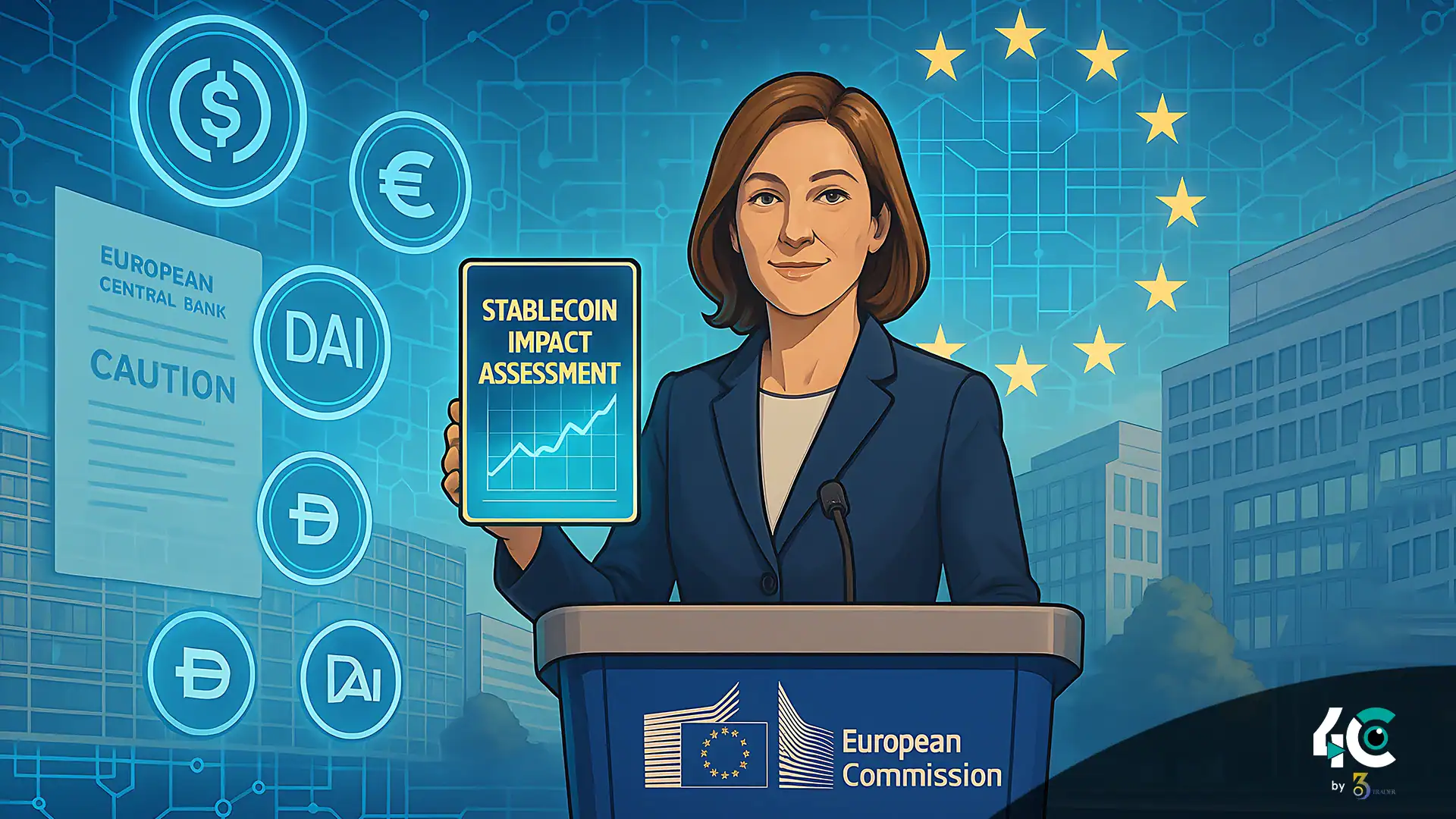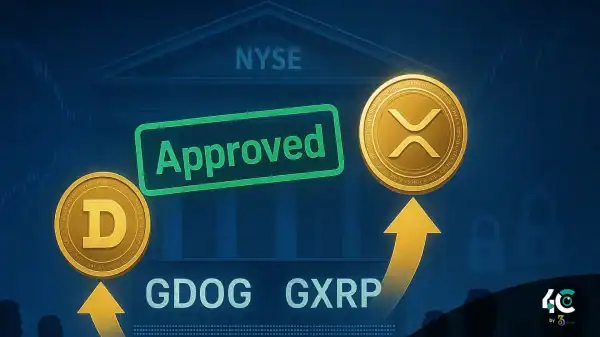European Commission Softens Stance on Stablecoins, Conflicts with ECB Over Regulation
Brussels is taking a more lenient approach to stablecoin regulation, which could signal a significant shift in the EU’s crypto regulation. The European Commission thinks that the risks of foreign-issued stablecoins are manageable if current regulations are enforced properly, contrary to the repeated warnings given by the European Central Bank (ECB).
In the crypto industry, the Commission’s divergence of opinion is seen as a sign that the space can create conditions for sustainable growth, cross-border innovation, and wider adoption of digital currencies throughout the EU.
Brussels Rejects “Bank Run” Fears
In April, the ECB issued a warning that monetary authorities may incur systemic risk if stablecoins issued in the EU and third countries are treated as interchangeable. According to the central bank, this “multi-issuance” structure could cause a run on reserves, which means foreign stablecoin holders redeeming tokens backed by EU-regulated reserves.
However, the European Commission dismissed these fears. A spokesman noted that “any run is very unlikely,” but redemptions would mostly occur in the United States, where most of the stablecoins circulate and where most of the reserves are based.
In a paper released in June by the Commission, “Stablecoins and Digital Euro: Friends or Foes of European Monetary Policy?”, the report states that the regulatory and institutional safeguards in the MiCA are so strong that most significant foreign issuers have opted to keep out of the EU.
MiCA Requirements Keep Major Players Away
MiCA requires that stablecoin issuers hold 60% of their reserves in EU banks, which is a real regulatory deterrent. Tether, the biggest firm to issue stablecoins, has reportedly refused to follow suit, implying the strength of existing walls.
The Commission also has a favorable opinion about “rebalancing mechanisms,” which are aimed at ensuring that the reserves held by the EU are in line with the volume of stablecoins circulating in the region. The commission says that further decreases the chance of systemic shocks.
Fungibility and Innovation Take Center Stage
The Commission’s support for fungibility between EU- and non-EU-issued stablecoins of the same brand is a game-changer. This would let issuers such as Circle, which is behind the USDC token, carry out cross-border issuance without having to distinguish between a USDC-US and a USDC-EU version.
Juan Ignacio Ibañez from the MiCA Crypto Alliance says the resolution is “a breath of fresh air” as it protects the main thing that stablecoins do, which is their global usability.
He said that compelling local copies would break up the ecosystem and undermine the borderless nature of blockchain-based assets.
ECB Pushes for Stronger Guarantees
Although the Commission is optimistic, the ECB has not changed and continues to insist on stricter regulations. The ECB is suggesting in private that a rule requiring foreign jurisdictions to legally ensure the transfer of reserve assets to the EU in a crisis be instituted. It also raised the issue that the current regulations do not possess a shared global enforcement mechanism—raising concerns over how non-EU issuers would respond in a crisis.
However, the Commission ruled out these proposals and rather proposed that EU national supervisors should carry out independent risk assessments and impose further safeguard impositions where necessary. Experts and professors are warning against an extension of powers within the EU that would potentially change the rules of the game.
A Delicate Balance of Risk and Innovation
Although there is a tension between the ECB and the Commission, there is also a shared goal: that innovation in the stablecoin market does not jeopardize financial stability. By encouraging a balanced regulatory approach, the Commission aims to position the EU as a world leader in crypto asset development while ensuring trust and accountability within the Union.
As the EU’s view on crypto evolves, it might be a potential blueprint for other economies looking to regulate digital assets without necessarily stifling innovation. Having clear oversight under MiCA and an open attitude to cross-border interoperability, Europe looks set to shape the future of stablecoins and digital finance in its own way.

































